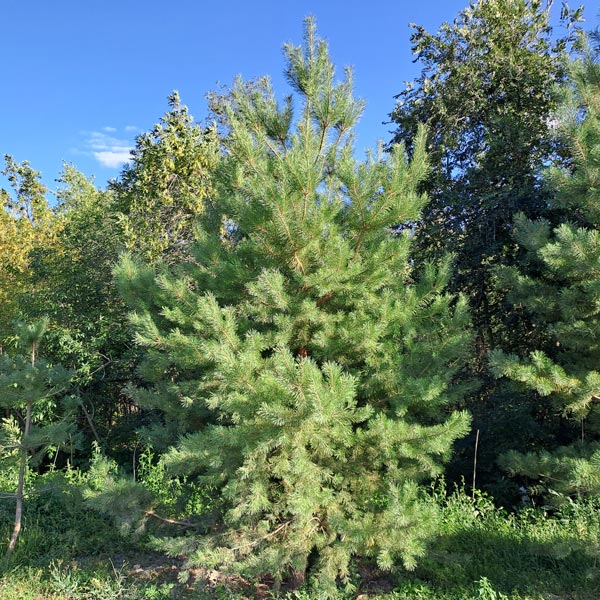How to Care for Trees in Winter; Watering, Mulching, Drainage Solutions & Wrapping Trunks in Burlap in Jonesboro GA. Call Milam’s for All Your Tree Service Needs!
Caring for trees isn’t a seasonal thing, it’s a year round thing. Many trees may be incorporated in your landscape that are not necessarily native to your area, and thus susceptible to weather conditions.
Milam’s Tree Service Would Like to Share Some Advice on Caring for Your Trees During the Cold Winter Months.
Here are some factors to be concerned about; drainage, water, mulching, wrapping, extreme snow and wind and salt problems.
- Watering Trees in Winter: Drought-like conditions can still occur in winter months with the drying winds. If you have the broad-leaf evergreens, like holly or azaleas, can especially have a hardship with dehydration, being they lose a lot of their moisture through the pores underneath their leaves. The roots can’t draw in water if the ground should freeze, leaving them even more dehydrated. Trees generally reserve enough water to get through the winter. However, if they don’t their leaves could fall, or the tree itself could perish. It is best to water your trees up to the point the ground freezes, and if you should have a few decent days throughout the winter, try and get water to your trees.
- Tree Drainage Solutions in Winter: It is one of the better things you can do for your trees. During the freezing temperatures, water expands during the freezing and thawing episodes, so much so the roots can heave out of the soil. The soil that has been well drained keeps the roots secure, and better protect the roots, and tree from the elements.
To better create a good drainage in the soil, mix sand and compost in your soil from the planting hole, and replace the mixture in your hole. - Winter Tree Mulching: Even nature knows the best thing to do is mulching. Going through the woods you might notice the wooded floor shrouded in dead leaves, snow, fallen branches and other debris to create a natural much for the trees to feast upon during the winter months. Not only so , but it also keeps roots warms and well saturated.
Making your own mulch is simple, cover the bases of your trees and shrubs with a layer of dry leaves about 3-4 inches deep. To hold down the mulch from being carried away in the wind, lie some fallen branches or place some chicken wire on top of your mulch. Safely leave a few inches between the mulch and the trunk so burrowing wild rodents won’t be intrigued to chew on the tree bark. - Wrapping Tree Trunks in Burlap for Winter: Wrapping your trees can contribute to preventing winter damage. Most trees, especially young trees, are easily influenced by weather. Frost damage is a most likely culprit, however, even the wildlife can take nibbles of the bark and such. Wrap your tree trunks in burlap to not only protect it from wildlife, but also keeps it warmer. Chicken wire also better protects the trunk from wildlife chewing.
- Protect Trees from Wind: There are several things you can do to better protect your trees from wind and snow. Planting them in strategic settings is good, close enough to walls to aid as a wind block, or build temporary shelters to protect them until they are in adulthood and can withstand extreme circumstances.










